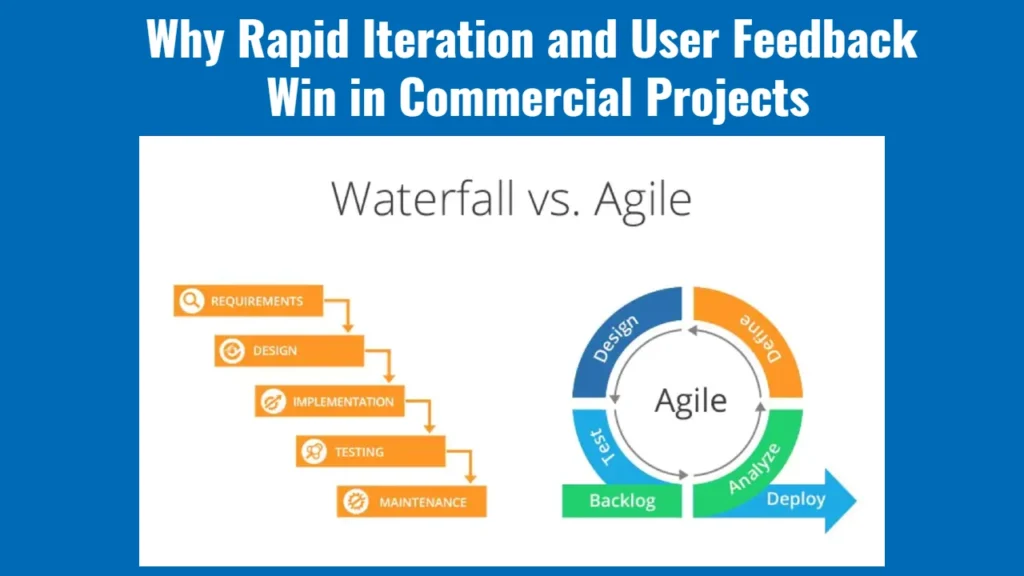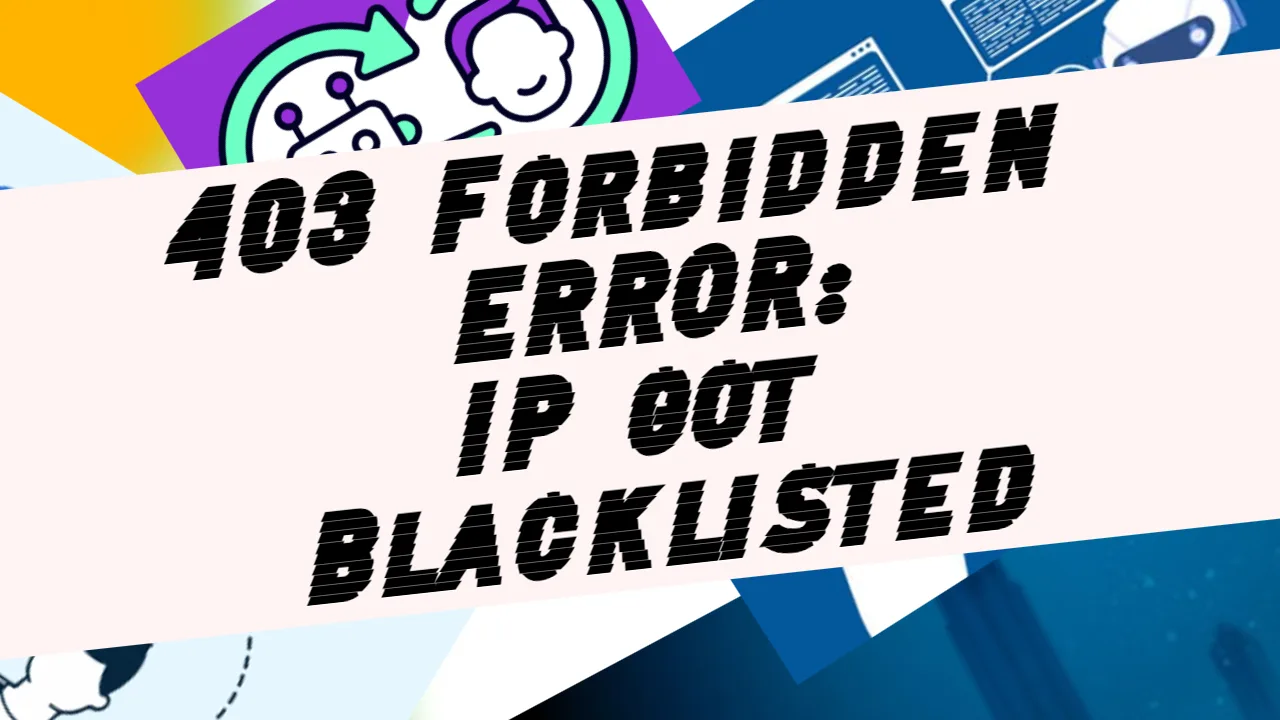In my experience building and launching products, I’ve found that the way we develop software has a direct impact on our ability to succeed. One of the key lessons from The Lean Startup is that businesses thrive when they can learn quickly from real users. This is why Agile development, with its focus on rapid iteration, small batches, and continuous feedback, is far superior to the traditional Waterfall method, especially in commercial projects where user needs evolve constantly.
The Problem with Waterfall Development
Waterfall development follows a linear sequence: requirements gathering, design, implementation, testing, and deployment. This structure assumes that we can predict everything upfront, which rarely holds true in real-world scenarios. The biggest drawbacks I’ve observed with Waterfall are:
- Long feedback loops – We don’t learn if we’re on the right track until the final product is launched.
- High risk of failure – If assumptions made at the beginning turn out to be wrong, we may have wasted months (or years) building the wrong thing.
- Lack of adaptability – Changing course mid-way is costly and difficult.
- Delayed time-to-market – A long development cycle means competitors can release a similar or superior product before we even launch.
- Customer needs may change – By the time the product is finished, the market landscape or user expectations may have shifted, making the solution obsolete.
Why Agile is More Effective for Commercial Projects
Agile, on the other hand, is built for uncertainty. It embraces rapid iteration, small batch work, and continuous user feedback, making it the best approach for commercial projects.
1. Rapid Iteration Drives Learning
Instead of waiting months to validate an idea, Agile teams release working software in short cycles (sprints). This allows us to test assumptions quickly and adjust based on real-world feedback. In a competitive market, the ability to pivot and refine ideas is a major advantage. By delivering frequent releases, teams can track metrics, monitor customer usage, and refine features before investing too heavily in the wrong direction.
Example: A/B Testing for Continuous Improvement
A good example of rapid iteration in action is A/B testing. Instead of making a major UI change based on intuition, Agile teams deploy two different versions to a subset of users and measure which one performs better. This data-driven approach ensures that every change improves the product instead of relying on guesswork.
2. Small Batches Reduce Risk and Increase Efficiency
Shipping features in small increments means we invest less upfront and minimize waste. Rather than spending months perfecting a feature only to find out no one wants it, Agile lets us validate features incrementally. This aligns perfectly with the Lean Startup principle of “Build-Measure-Learn.”
Smaller batches also improve team efficiency. Developers, testers, and designers can collaborate in parallel rather than waiting for one phase to complete before starting the next. This reduces bottlenecks and keeps progress moving forward.
Example: Continuous Deployment in SaaS Companies
Many SaaS companies use Continuous Deployment (CD) to push small changes to production multiple times per day. By making incremental updates rather than massive, risky overhauls, they ensure stability while continuously improving their software.
3. User Feedback Drives Decision-Making
A core problem with Waterfall is that it assumes we know what users want from the beginning. Agile, by contrast, integrates user feedback at every stage. By engaging with users regularly, we ensure that what we’re building actually solves their problems, increasing our chances of commercial success.
User stories and feedback loops are essential in Agile. Instead of defining exhaustive requirements upfront, teams work with real customers to identify pain points and deliver solutions iteratively.
Example: How Airbnb Used Agile to Improve Its Platform
When Airbnb was scaling, it relied on Agile methodologies to refine its booking process. Instead of making assumptions about what users wanted, it gathered data, conducted usability tests, and rapidly adjusted its features based on real-world feedback. This allowed it to continuously improve its user experience and stay ahead of competitors.
Addressing Common Concerns About Agile
Despite its advantages, some organizations hesitate to fully embrace Agile due to concerns about structure, predictability, or scalability. Let’s address some common misconceptions:
- “Agile is chaotic and lacks planning.” While Agile embraces flexibility, it does not mean there is no planning. Agile teams use roadmaps, backlog grooming, and sprint planning to ensure structured execution while remaining adaptable.
- “We need a fixed budget and timeline.” Agile can still work within constraints by using iterative budgeting and setting priorities based on value delivery rather than rigid scope control.
- “Agile is only for startups.” Large enterprises like Microsoft, Spotify, and Google use Agile successfully at scale. Frameworks like SAFe (Scaled Agile Framework) help large organizations apply Agile principles across multiple teams and projects.
Final word
Commercial projects demand adaptability, fast learning, and user-centric design. Agile’s emphasis on rapid iteration, small batch releases, and continuous user feedback makes it a far more effective approach than Waterfall. If the goal is to build products that customers love while minimizing waste and risk, Agile is the clear choice. By learning from real-world data and making incremental improvements, companies can stay competitive, deliver value faster, and avoid the costly mistakes of rigid, long-term planning.




